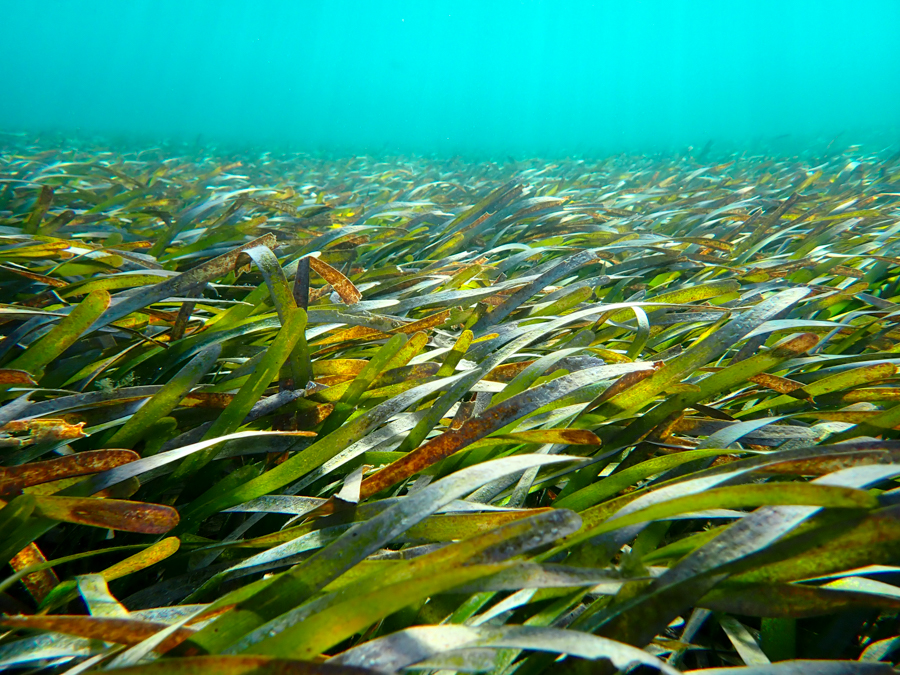The Global Perspective of Incidence and Prevalence of Coral Diseases
Coral diseases occur globally in most coral reef habitats whether near human population centers or remotely offshore. They generally affect a low proportion of the susceptible species, although localized outbreaks have produced significant mortalities to scleractinian corals, gorgonians, sea urchins, reef fish, sponges, algae and other coral reef organisms (Peters, 1993; Harvell et al., 1999; Williams and Bunkley-Williams, 2000). There are now over 30 named coral diseases in the Caribbean basin affecting 45 zooxanthellate scleractinian corals, three hydrozoan corals, ten octocorals, two zoanthids, nine sponges and two crustose coralline algae (Green and Bruckner, 2000; Weil et al., 2006), and at least seven major coral diseases from the IndoPacific, along with about 30 additional conditions that are associated with compromised health in scleractinian corals. While an apparently unprecedented increase in disease occurred in the Caribbean since the 1980s, much less is known about the status of disease in the IndoPacific and Red Sea. Surveys over the last decade in Australia, Palau, East Africa, the Philippines and other locations have revealed new coral diseases, suggesting a rapid emergence of disease, or at least a realization of their presence, throughout the Indo-Pacific. Between 1972 and 2005 coral diseases were reported on 39 genera and 148 species worldwide, with observations in 63 countries. Although Pacific reefs have a higher diversity of reef-building corals than the Atlantic and harbor 92% of the world’s coral reefs (Spalding and Greenfell, 1997), only 14% of the global observations of coral disease were from the Indo-Pacific during this period (Green and Bruckner, 2000, Sutherland et al., 2004, GCDD, 2007), and 58% of all coral disease records are for BBD, WBD and WP. The Caribbean has historically been referred to as a “hotspot” for disease, largely because of the rapid emergence, high prevalence, wide distribution, large numbers of host species, and virulence of coral diseases in this region.
There are eight major coral diseases (BBD, WP, WBD, YBD, DSD, WPX, ASP and tumours) that have been reported from throughout the western Atlantic along with another 32 conditions (including different “types” of the major diseases) that have been reported since 1972. WBD, BBD and WP were first reported from the Caribbean in the 1970s from a small number of countries, with observations expanding to new locations during the 1980s including reports of WBD from about half of the Caribbean nations. During this period, BBD and WP caused localized mortality, while WBD contributed to a regional decline of Acropora. Reports of WBD decreased dramatically during the 1990s, and then increased again since 2000, with most reports on A. cervicornis. Reports of WP and BBD have also escalated since 1998, with recent observations from 24 countries. While low level chronic infections of BBD have been observed on the same reef for years to decades, WP prevalence has dramatically increased since 1998, with outbreaks occurring over an expanding range. Many other new coral diseases have been reported on western Atlantic reefs since the mid 1990s, including four (DSD, YBD, WPX and ASP) that are widely distributed and four (YBD, WPX, WP-II and ASP) that are causing substantial coral mortality. Close to 80% of all western Atlantic corals are affected by diseases (41 species of scleractinian corals, 8 gorgonians, 2 hydrozoans), with some corals (especially M. annularis complex) being susceptible to as many as 8 diseases and corals showing signs of 2-3 diseases at one time. During the 1970s-early 1990s acroporids were most severely impacted by disease, while massive and plating corals, and in particular the M. annularis complex, are being affected more severly today. WP is the most virulent disease and has the widest host range.
Coral diseases were first reported from the IndoPacific and Red Sea in the late 1970s. Most observations during the 1970s and 1980s were for BBD and WBD by a single researcher working in three countries (Philippines, Egypt and Saudi Arabia), along with additional reports of abnormal skeletal development (tumors). By 1994, diseases had only been reported from six countries, including several new conditions first observed on reefs in Australia. In the mid to late 1990s, several new diseases emerged (YBD, SEB, PUWS), but these and other diseases were restricted to a few countries. IndoPacific diseases appear to be exhibiting a rapid expansion in range and in the types of disease since 2000. This includes reports from new regions that were previously unaffected (South Africa, Solitary Islands), a higher percentage of reefs in certain locations (e.g., Great Barrier Reef Australia) with diseases, an increasing incidence of diseases, and an emergence of several new conditions (fungal disease, WS, BrBD, Pink Line). Fast growing corals in the family acroporidae and pocilloporidae in the IndoPacific are affected by the largest number of diseases and are observed with disease more frequently than all other species.


